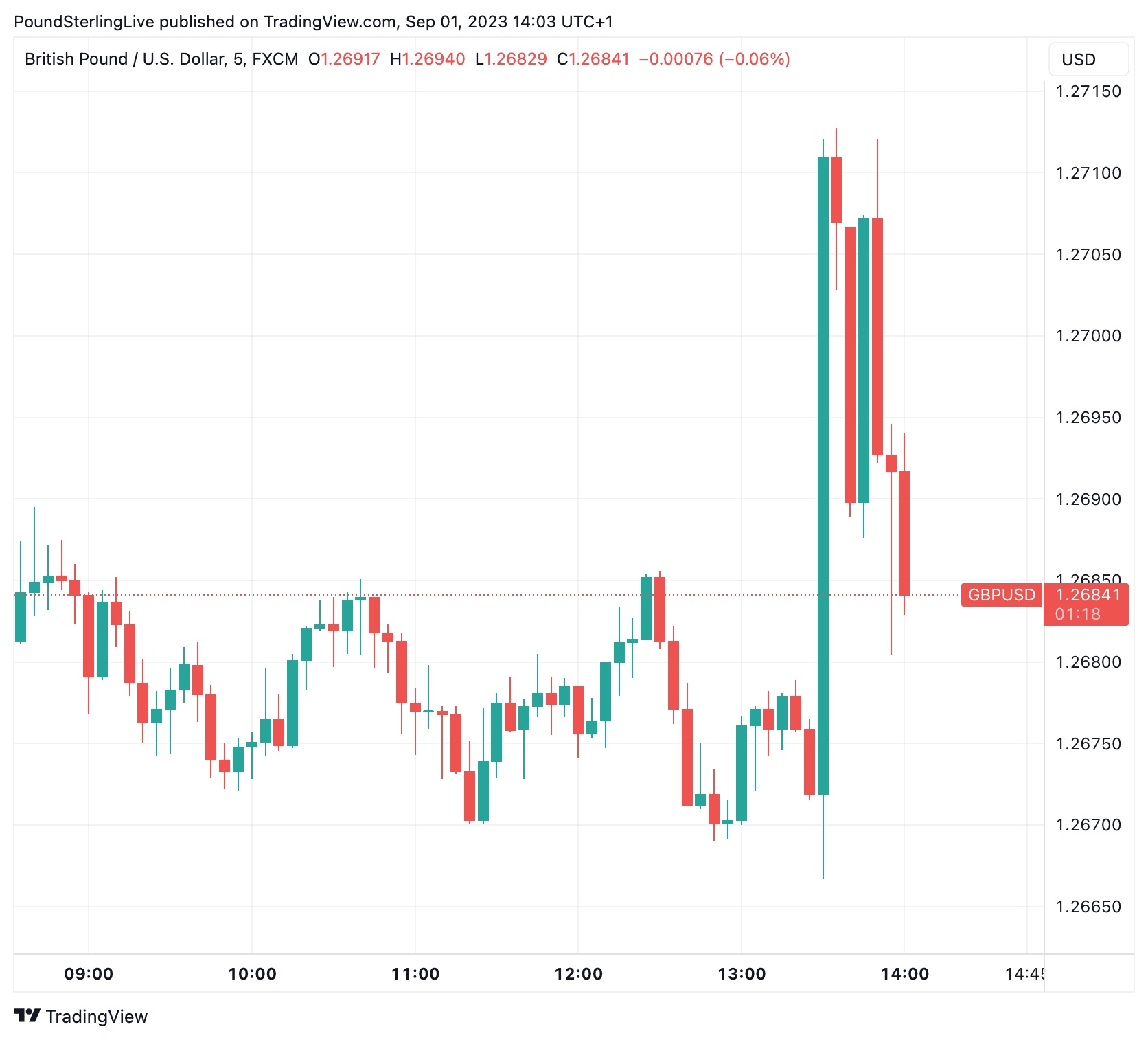 Recent labor market data has revealed that the U.S. economy continues to exhibit robust job growth, although signs of a slowdown have emerged in the August data released on September 01. The repercussions of this data have had a notable impact on the financial landscape, resulting in a weaker Dollar and higher bond and stock prices.
Recent labor market data has revealed that the U.S. economy continues to exhibit robust job growth, although signs of a slowdown have emerged in the August data released on September 01. The repercussions of this data have had a notable impact on the financial landscape, resulting in a weaker Dollar and higher bond and stock prices.
Furthermore, this unexpected rise in the U.S. unemployment rate has led investors to reevaluate the likelihood of further interest rate hikes by the Federal Reserve. This article delves into the details of the labor market report and its implications on the financial markets and the broader economy.
Labor Market Overview:
The headline non-farm payroll figure for August demonstrated a solid job creation rate, with 187,000 jobs added, surpassing the market’s expectation of 170,000 and exceeding July’s revised figure of 157,000. However, the market’s initial reaction appeared to be driven by the unexpected slowdown in average hourly earnings growth, which amounted to 0.2% month-on-month—only half of July’s 0.4% growth and below the anticipated 0.3%.
Dollar’s Response:
The unexpected uptick in the unemployment rate, rising from 3.5% to 3.8%, had an immediate impact on the U.S. Dollar. Investors interpreted this as a signal that further Federal Reserve interest rate hikes were less likely, causing the Dollar to weaken. In response to the data, money markets, particularly SOFR futures, began pricing in a faster pace of rate cuts, reducing the probability of a November Fed hike to approximately 1/3.
Currency Markets and Medium-Term Outlook:
Initially, the Pound to Dollar exchange rate rallied to 1.2710 in response to the data, only to later retrace some of its gains. This suggests that, in the medium term, the data’s significance was limited, as the negative impact of rising unemployment and stagnant wages was offset by the strong headline job creation figures.
Over the past six weeks, the U.S. Dollar has seen a rally, driven by a series of unexpectedly positive data releases. However, analysts at HSBC are cautious about the sustainability of this rally. They argue that it will be challenging for the Dollar to extend its gains significantly, as yields have already risen substantially. HSBC strategist Daragh Maher stated, “We believe the USD will struggle to extend its gains as yields have already moved far, and the USD bull will need feeding with hawkish US data and further data shortfalls outside of the U.S.”
Maher also cautions that while a broad reversal lower for the Dollar is not likely, for it to decline meaningfully, expectations for U.S. rate cuts must gain traction—an outcome the Federal Reserve seeks to avoid.

Federal Reserve’s Stance:
Federal Reserve Chair Jerome Powell’s recent remarks at Jackson Hole emphasized the Fed’s reluctance to implement rate cuts in the near future. Powell indicated that with the economy still performing well, a “soft landing” is on the horizon. This sentiment is echoed by Richard Carter, head of fixed interest research at Quilter Cheviot, who believes that the Fed is inclined to hit the pause button on rate hikes, given the stable economic data.
Conclusion:
While the pace of labor market growth is showing signs of slowing, the labor market remains a pillar of strength for the U.S. economy, making a recession at this stage unlikely, though not entirely ruled out. As inflation reaches more acceptable levels, the key challenge is to maintain the economic momentum in an environment that has been exceptionally challenging. The impacts of any rate increases are still in their early stages, and the market will closely monitor future data releases for further insights into the economic trajectory.




